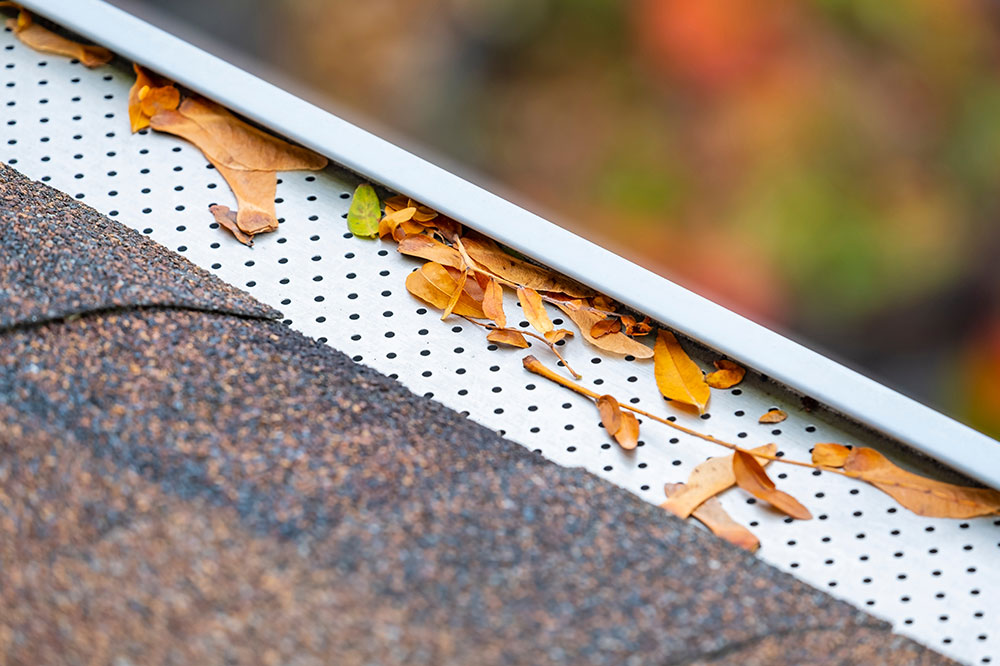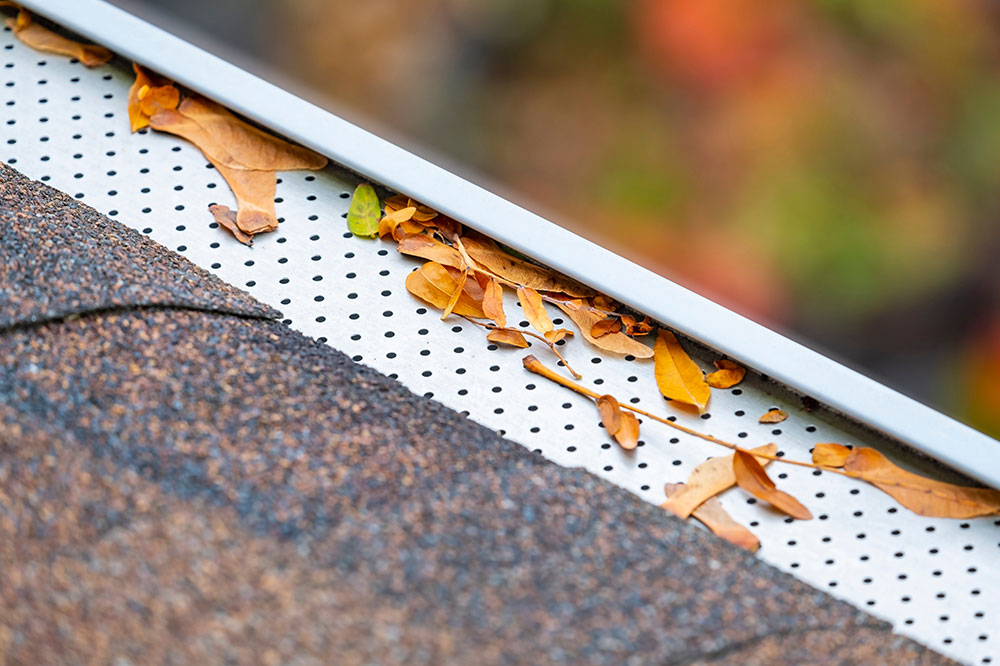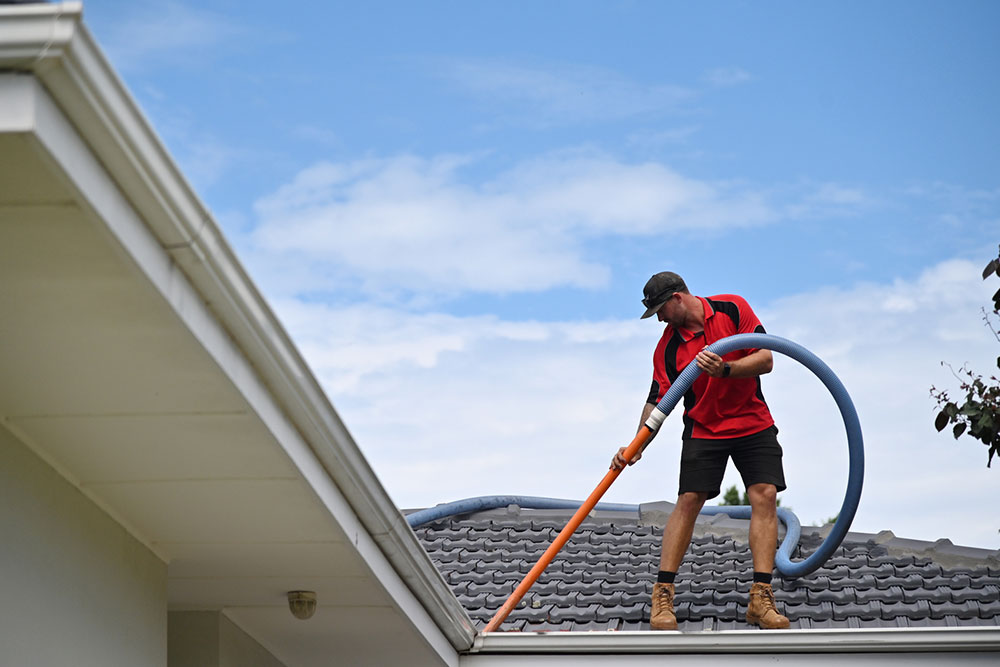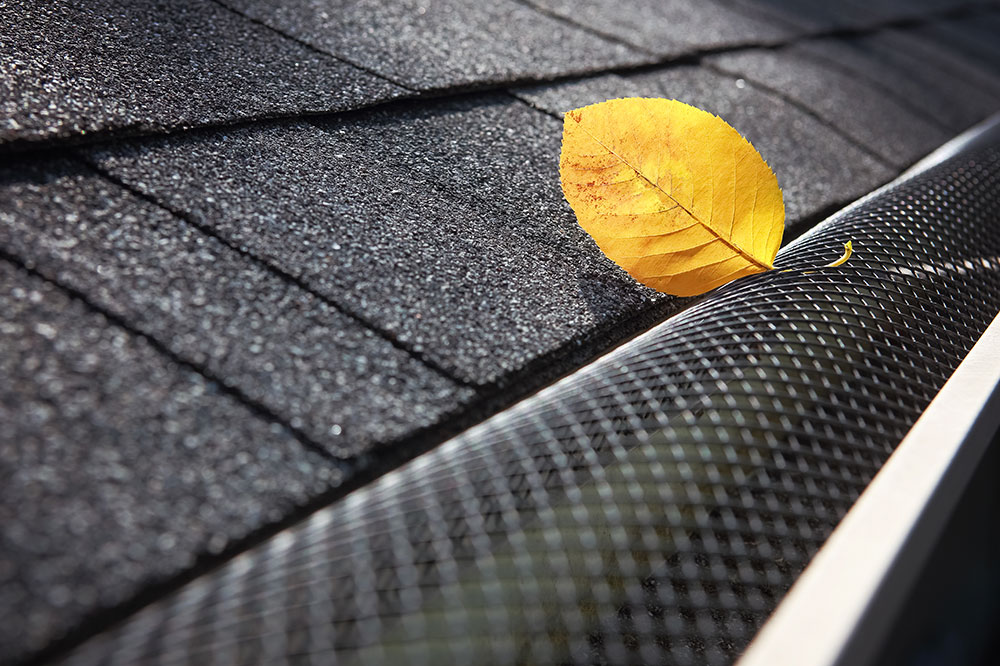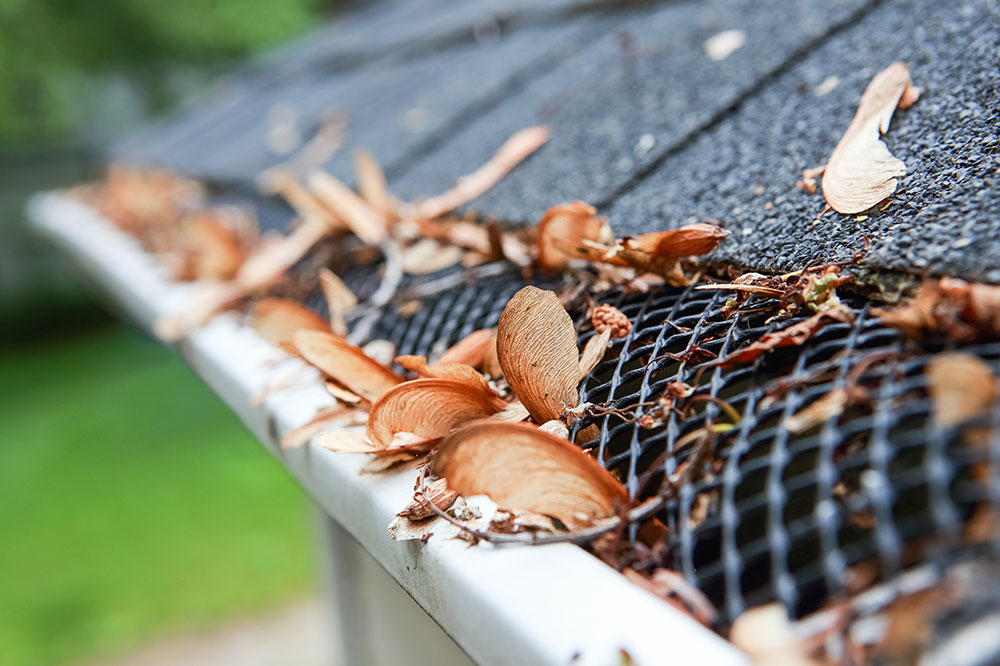The Complete Guide to Gutter Protection Systems: Types, Costs, and Installation Strategies
This comprehensive article provides homeowners with detailed insights into gutter protection solutions, including various types, installation costs, and expert tips. It guides readers through selecting suitable gutter guards, preparing for installation, and budgeting wisely. Learn how to effectively prevent gutter clogs, extend gutter lifespan, and protect your home from water damage with professional or DIY strategies. An essential resource for maintaining optimal home drainage and reducing maintenance efforts, this guide covers everything you need to know about gutter protection systems.
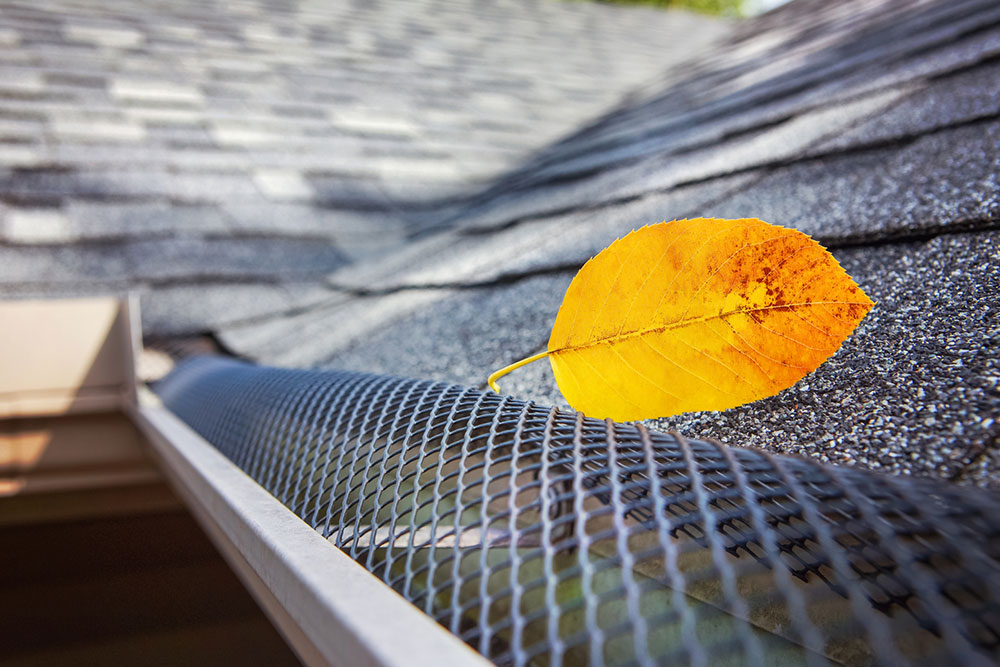
In-Depth Exploration of Gutter Protection Solutions: Variants, Budgeting, and Expert Tips for Installation
Maintaining clean, clog-free gutters is crucial for protecting your home from water damage, mold, and foundation issues. Gutter guards, also known as gutter covers or protection systems, are essential components that prevent leaves, debris, pine needles, and dust from clogging your drainage system. They simplify routine maintenance and ensure that water flows freely, especially during heavy rains. Selecting the right gutter protection depends on various factors including your budget, roofing type, local climate, and personal preferences. This comprehensive guide explores different types of gutter guards, their installation costs, and expert tips to help homeowners make informed decisions.
What exactly are gutter covers?
Gutter covers are protective barriers installed over or inside your gutters to prevent debris accumulation while allowing water to flow unimpeded. They act as secondary filters, reducing the frequency and difficulty of gutter cleaning. By blocking larger debris such as leaves, twigs, and dust, gutter covers significantly extend the lifespan of your gutter system and protect your home from potential water damage. Properly installed gutter guards help maintain the integrity of your roof’s drainage system, prevent pest infestations, and reduce overall maintenance efforts.
While gutter covers greatly reduce debris buildup, they are not entirely maintenance-free. Regular inspections and cleaning are still necessary to prevent minor clogs or debris accumulation that might bypass the guards. The choice of gutter guard type plays a crucial role in the system’s effectiveness, durability, and compatibility with your home’s architecture.
Types of Gutter Guards: An Overview
Brush Guards
These resemble large, stiff-bristled pipe cleaners designed to sit inside gutters. As debris falls onto the guard, the brushes trap leaves and dust, allowing water to flow around them. Brush guards are an economical option and easy for DIY installation, but may need more frequent cleaning due to their tendency to trap stubborn debris.
Foam Guards
Installed directly within the gutter, foam guards are lightweight and simple to set up. They’re made of porous material that permits water to pass while blocking larger debris. Cost-effective and suitable for DIY projects, foam guards have moderate filtration capacity and might require replacement over time due to mold or dirt buildup.
Both foam and brush guards are popular among homeowners seeking quick, low-cost protection solutions. However, their limitations include reduced debris filtration efficiency and potential for mold if not cleaned regularly. To optimize functionality, compare features carefully based on your specific needs and home conditions.
Screen Guards
Made from perforated metal or UPVC, screen guards rest atop gutters, providing a sturdy barrier against debris. They are durable, effective, and often preferred for their long-lasting performance. Although more expensive than foam or brush guards, they require minimal maintenance and are suitable for areas prone to heavy foliage or severe weather conditions.
Micro Mesh Guards
These are high-performance guards featuring very fine, small openings made of stainless steel or aluminum mesh. They effectively filter out smaller debris such as pine needles, pollen, and dust. Due to their precision, micro mesh guards typically require professional installation but provide the highest level of protection, significantly reducing maintenance needs over time.
Reverse Curve Guards
Engineered for expert installation, reverse curve guards work by redirecting water into the gutter while debris slides off the edge. They are highly effective but usually require professional setup. These guards are especially suitable for larger properties where comprehensive gutter protection is desired.
Preparing for Gutter Guard Installation
Inspect Your Roof and Gutters
Begin with a detailed visual inspection of your roofing system. Check for damages, loose shingles, or sagging gutters. Understanding your roof’s condition and type—metal, asphalt, tile, etc.—is essential for selecting appropriate gutter guards. For metal roofs, expect increased runoff, so proper assessment is key to effective protection.
Secure the Ladder Properly
Use a sturdy, well-positioned ladder on level ground. Safety is paramount during gutter guard installation; ensure stability and avoid overreaching to prevent falls or accidents.
Clean Your Gutters Thoroughly
Before installing guards, clear out all existing debris. Use a garden trowel or scoop to remove leaves, twigs, and dirt. Flush the gutters with water to confirm unobstructed drainage and identify any leaks or sagging sections requiring repair.
Choose the Right Gutter Guards
Match your chosen guard type with your budget, home environment, and DIY skills. For homeowners with limited experience, selecting guards designed for easy installation can save time and reduce frustration.
Follow Manufacturer Instructions Carefully
Read all installation guidelines thoroughly. Proper placement ensures guards fit securely, perform optimally, and extend the lifespan of the system.
Gather Necessary Tools and Equipment
Prepare essential tools such as screwdrivers, gloves, a sturdy ladder, and any specialized hardware recommended by the manufacturer. Having everything ready before starting ensures a smoother installation process.
Cost of Gutter Guard Installation
Installation costs vary widely based on the type of gutter guard selected, the size of your property, and whether you opt for DIY installation or hire a professional. On average, the expense ranges between $1,000 and $2,000. For larger homes with extensive gutter systems, costs can escalate proportionally. Typically, pricing per linear foot of gutter protection falls between $5 and $10, with premium options like micro mesh or reverse curve systems commanding higher prices. Consulting local gutter protection specialists can help you evaluate your options and get accurate estimates tailored to your needs, ensuring you make a cost-effective investment in your property’s drainage system.